London based, Italian-Nigerian photographer Adaeze Ihebom makes intimate self-portraits, turning the camera on herself to explore her identity, the lives of Igbo women and the power of the gaze. In her ongoing body of work Imagining the Self, Ihebom uses the camera to explore her duality as an Igbo and Italian woman. Creating a project on the self brings the viewer into intimate and private moments. But, by being in control of the camera, Ihebom’s project is ultimately an act of empowerment as she retains control of her own narrative and the gaze.
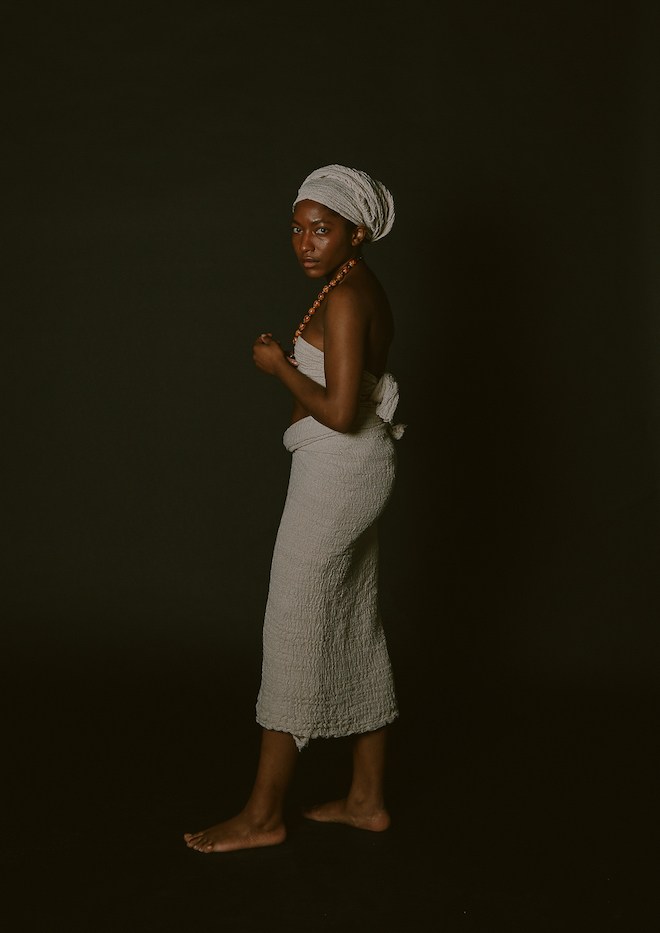
The title of the project, Imagining the Self, alludes to an element of performance. For Ihebom, these photographs are a mix of performance and reality. Through exploring her identity as an Igbo-Italian woman living and working in London, she is staging a conversation with herself. The series was created in response to an identity crisis that she experienced during her teens — when Ihebom had refused to let people take her photograph. ‘I had low self- esteem’, she recalls, ‘and, as a result, I have no pictures of my adolescence. Photography has helped me overcome that and portraying myself makes me feel empowered.’ She recreates some of these lost moments in the project and through this act, regains control over these periods of uncertainty. We see Ihebom in a number of intimate and private scenes. In one image, she is in the bath, looking directly at the camera. She is holding our gaze, as if she isn’t afraid to be seen in this way. In another, she is in her underwear looking in the mirror, a private moment we can all resonate with. We also see her lying on a bed with the light streaming through the window. Was someone originally there with her to share this moment she is recreating?
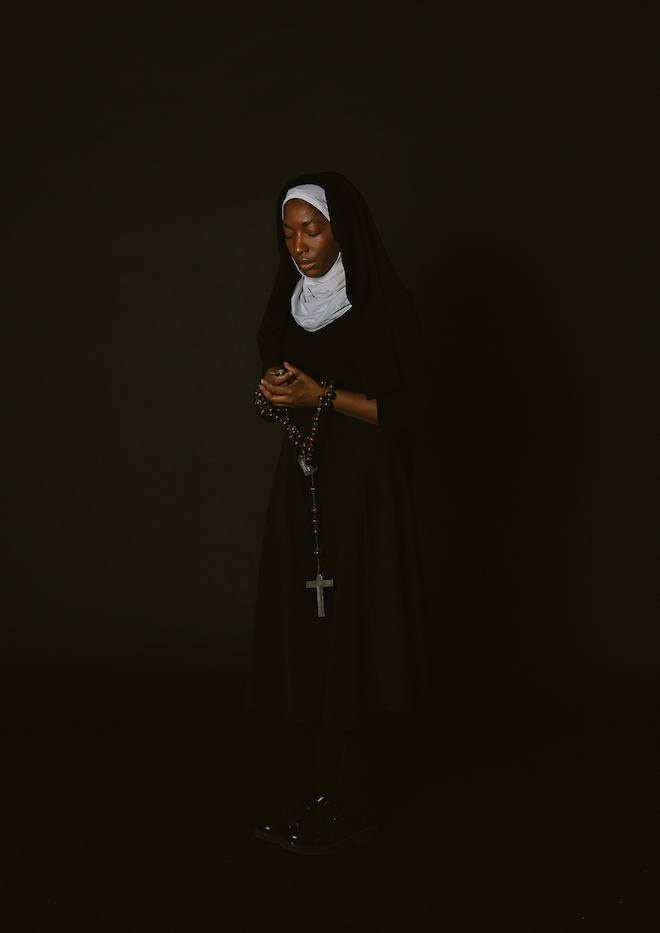
Images of women are often subjected to the male gaze. By taking self-portraits, Ihebom is in total control of her image and can capture herself in authenticity. When it comes to others taking her photograph, she is aware that she ‘is losing that control’ which makes her uncomfortable: ’weirdly I am more at ease with photographers that I know or love because in a way I can sense that they can capture my true essence.’
The process of making the image is as important to Ihebom as the final outcome. This is particularly visible in her project Igbo Woman in which she performs different fictional characters inspired by China Achebe’s novel Things Fall Apart. In this series of self-portraits, she ‘traces the evolution of family identity from pre-colonial, through colonial and post-colonial times.’ Her clothing and pose are particularly important as each character represents women from different time periods. We see Ihebom dressed as Ezinma Okwonkwo who was born in 1900. Here, she is wearing a white head wrap, beads around her neck and stands bare footed, looking directly at the camera. In another, she is dressed as Reverand Sister Mary Uzoamaka Okwonkwo from 1930. She is wearing religious dress, looking down at the prayer beads in her hands. We then move through time to see Ihebom as women from 1950, 1960 and 1967. By the time we get to 1972, we see her as Alexandra Daberechi Okonkwo. Here, Ihebom is sitting on a high stool, sitting casually, her hair in an afro, wearing sunglasses and platform shoes. We move through 1981 and finally finish on Ihebom as Claudia Onyeka Okonkwo in 2015. Here she is wearing an off-the-shoulder dress and heels, holding a book and looking directly at us. In this final image, she is representing the modern Igbo woman, giving them a voice and their own identity.
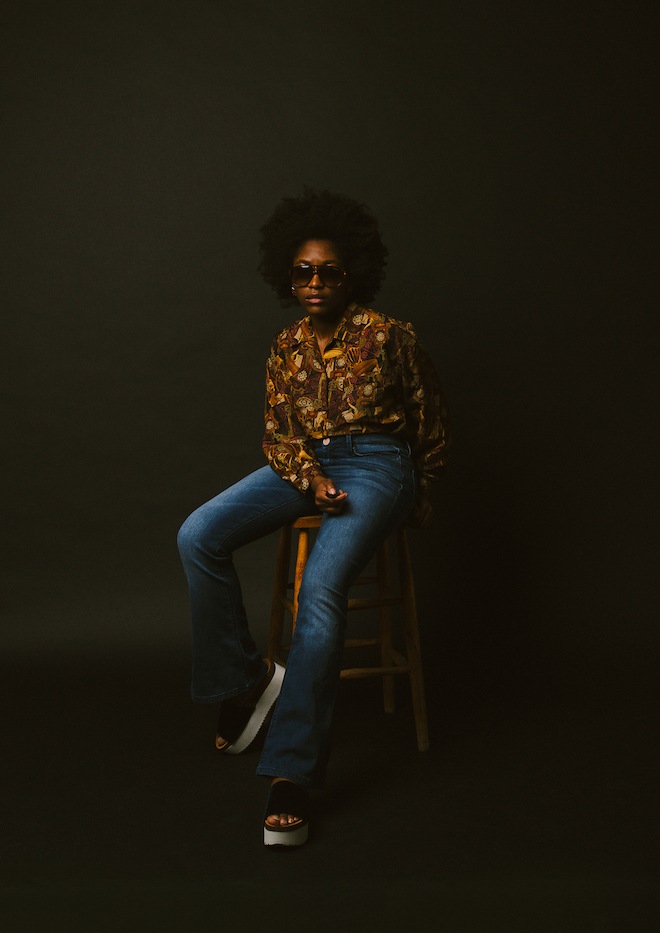
‘I knew there was a need to represent them as there is an enormous lack of visual illustration and narrative. I feel that history has not portrayed the Igbo woman in her rightful perspective. She is customarily shown in images that correspond to a supposed African man’s world and the idea of feminine submissiveness to the man. The series is a way to challenge this mistaken notion and to show how colonialism has further removed feminine freedom from the Igbo woman. I want the spectators to question if these ideas have always been there or colonialism has planted that idea into us.’
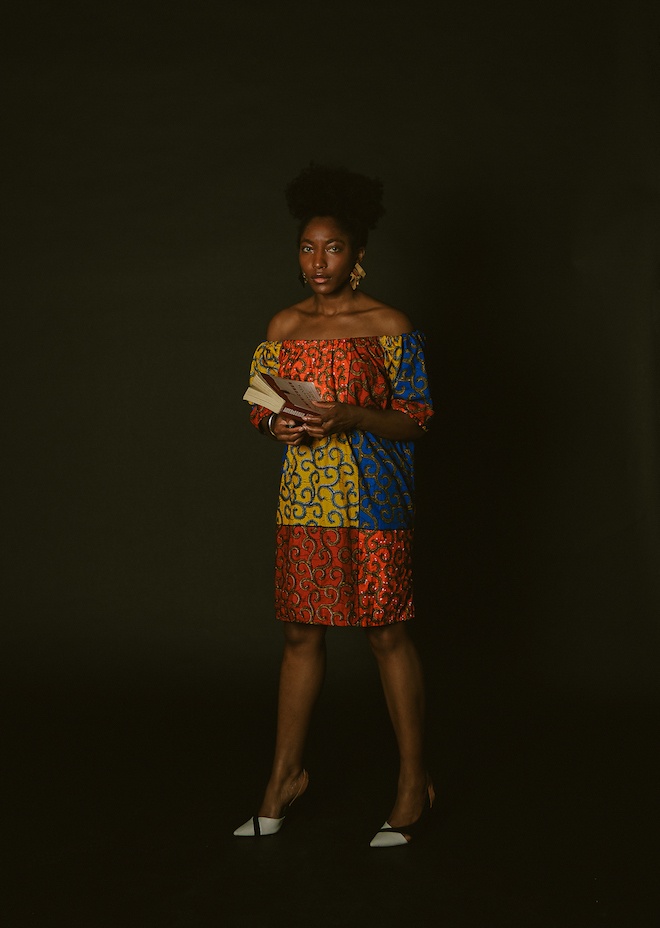
Ihebom originally planned to shoot different women but realised that by using herself and becoming both the photographer and model, she could connect more closely with the characters. Ihebom describes the image-making process as ‘really fun’ – she listened to music, danced and created a positive atmosphere. She meticulously planned each image, creating storyboards of each character she portrayed. When it came to actually taking the image, she removed herself from the world, turned off her phone and imagined herself in the lives of each individual. Through this perfectly staged act of self-portraiture, she reimagines the characters as real women, tracing them through time to give them their own story. Through turning the camera on herself, Ihebom brings us into her world, while also creating visibility for Igbo women who have historically been misrepresented and left out of the visual narrative.
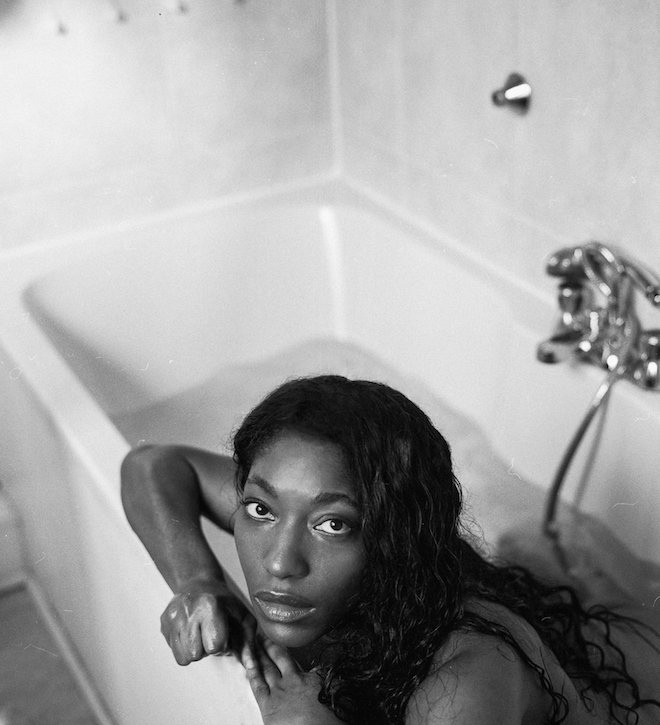

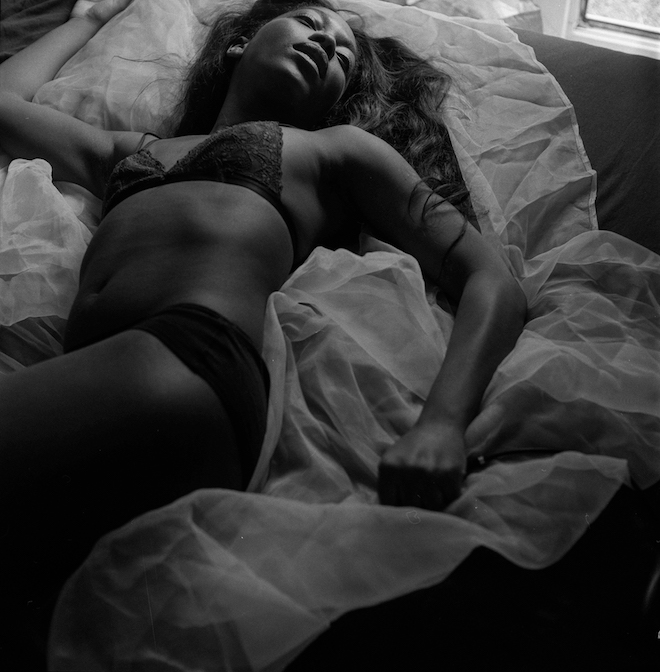
 PREVIOUS
PREVIOUS

 Twitter
Twitter
 Tumblr
Tumblr
 YouTube
YouTube
 Facebook
Facebook
 Instagram
Instagram
